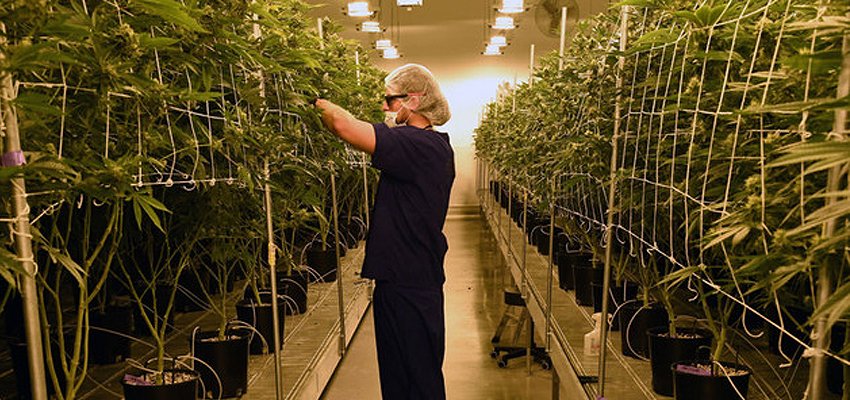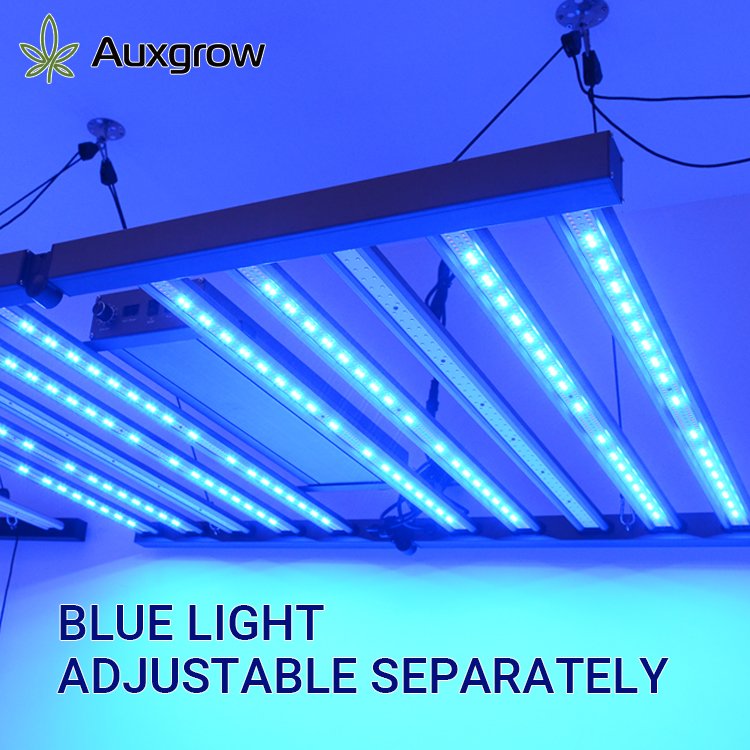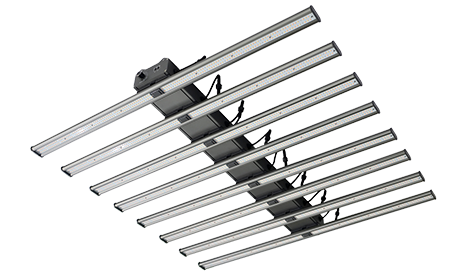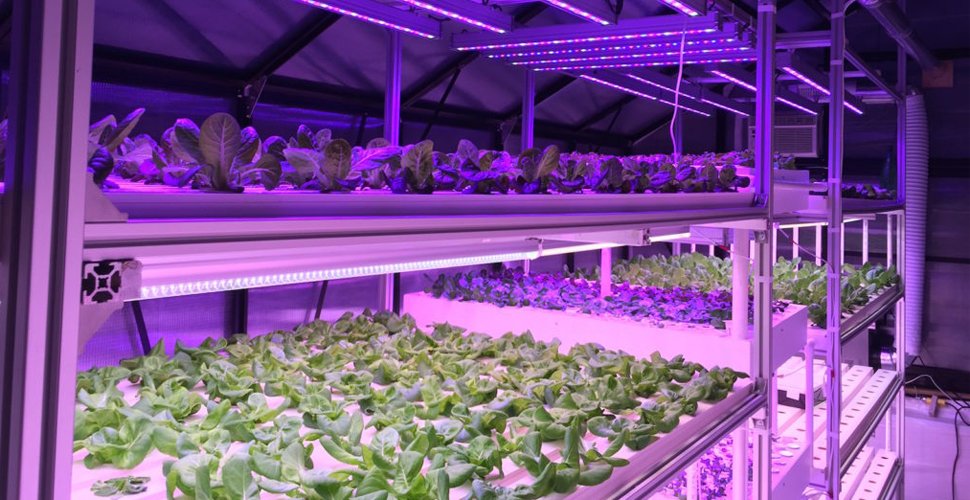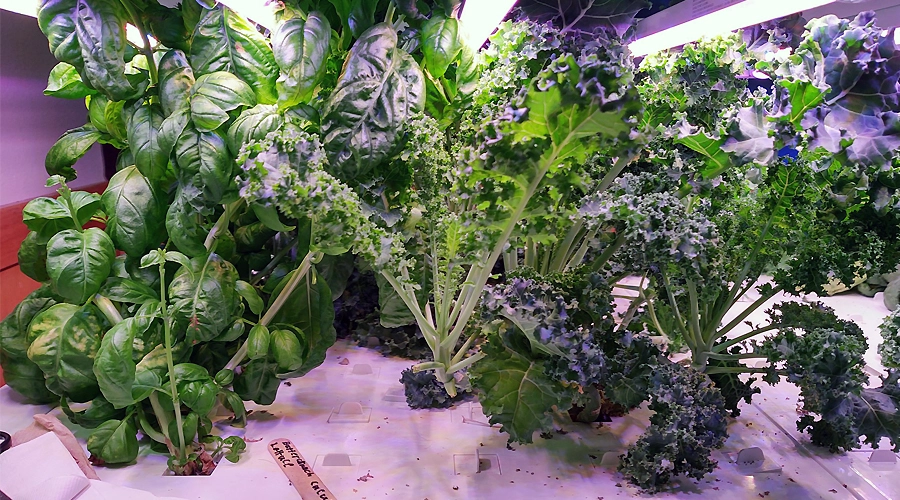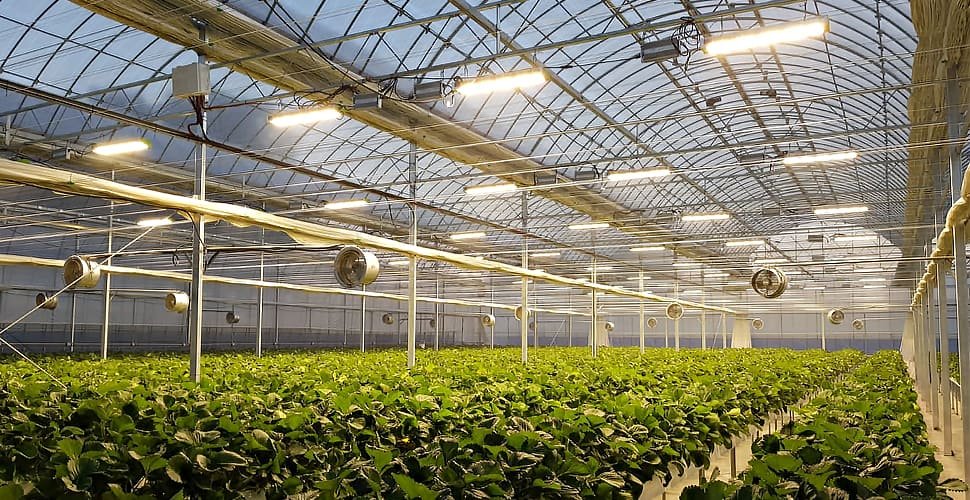Many people look for ways to enhance their quality of life during high traffic. One new option available to them is utilizing green indoor growing and LED grow lights.
LED lighting for growing weed is not widely known yet, but it can greatly benefit your indoor plants and crops by promoting healthy growth. And they can make your life more convenient and enjoyable.
The LED technology used in horticultural lighting has caused controversy due to its concentrated and bright light. Many users are unsure about its safe usage.
When it comes to the safety of LED growing weed indoors light, the main concern is the safety of the eyes and skin.
If you have the same concerns, please continue reading this in-depth post. In this article, we will go over the potential impact of LED grow lights on people in this article.
If you are a home grower or manage a commercial operation, it is crucial to be aware of the potential health risks caused by your lighting. This knowledge will enable you to take necessary measures to safeguard yourself and your employees.
Are LED Grow Lights Bad for Your Eyes?
LED grow lights are safe for the eyes.
The level of exposure determines whether LED light for growing weed can cause eye damage, so we may need to be cautious.
When the LED plant lights are on, it is important to avoid prolonged direct eye contact with the light to prevent excessive glare. We recommend blinking and taking other measures to reduce irritation.
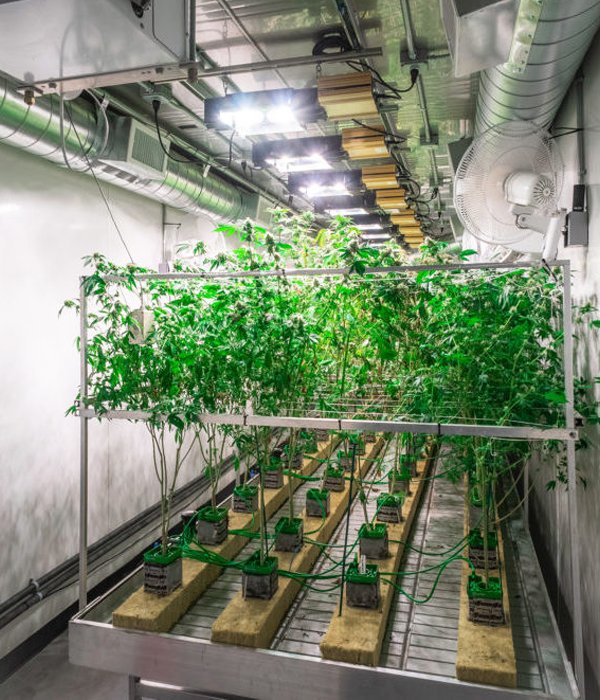
Did you know that your cell phone emits blue radiation that can be harmful to your eyesight? However, it’s unlikely that the majority of people, about 99.23%, would be willing to stop using their cell phones because of this.
People will only try to control the use of screen time or wear UV and blue light protection lenses to protect their eyesight.
If you spend a lot of time in a space with high-powered LED grow lights, you may be exposed to harmful rays similar to those from the sun.
However, this doesn’t necessarily mean that the indoor grow lights for weed will harm you. It’s important to be prepared and take the necessary precautions to protect yourself.
Effects of Blue Light on the Eyes
LED marijuana grow lights may be white, blue, or pink, and each light color has an important influence on the different growth periods of plants.
Blue light has a shorter wavelength than other types of light, which means that it has higher energy levels. If you work with blue light for extended periods, you may experience visual problems, dry and inflamed eyes, and a risk of color residuals and glaucoma.
It’s essential to take breaks and protect your eyes when working with blue light.
If you transition from a garden lit by LED weed light bulbs to a naturally lit area, your ability to see may be momentarily impacted.
Although LED grow lights for weed that emit purple light may seem unusual, they do not pose a significant threat to human eyes.
To ensure optimal health for both you and your plants, it is essential to limit the use of LED plant lights at night. You should avoid growing plants in your bedroom and refrain from using the lights for human illumination.
Overexposure to blue light can negatively impact sleep patterns, mood, and circadian rhythms, leading to fatigue, sluggishness, and insomnia. It will give you a bad day.
You should know that staring at any other type of light for a long time, even ordinary LED lighting fixtures will be affecting your eyes and vision.
Effects of UV Light on the Eyes
Did you know that LED grow lights are beneficial for plant growth because they emit various frequencies of light?
Interestingly, uv light can also stimulate plant growth. However, you need to note that even though the amount of UV radiation in LED lights for cannabis seedlings is minimal, extended usage can still lead to harmful effects.
Our eyes are highly sensitive to UV light, which can cause damage.
It is important to take measures to protect them, just as we would limit our use of cell phone screens to prevent eye strain.
Although the intensity of LED plant lights is lower than natural light, indoor plants require UV light just as much as they do in an outdoor environment.
Fortunately, there are adjustable spectrum LED grow lights available on the market that are equipped with UV to meet these needs.
To ensure your safety, it’s important to wear glasses specifically designed for LED lighting environments. These glasses filter out even the smallest UV and IR spectrums, providing extra protection.
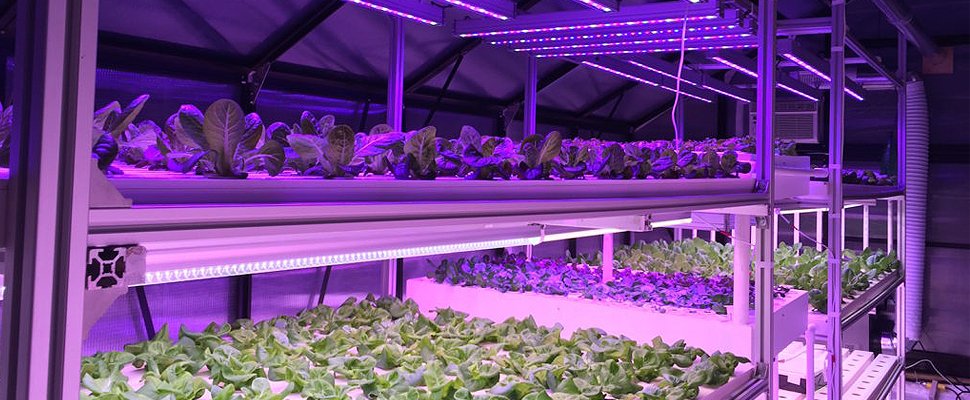
Are LED Grow Lights Bad for Your Skin?
As an experienced cannabis grower, you might be aware that exposing the plant to appropriate levels of UV light can result in higher production of terpenes. This can help enhance the delicious scent and taste of the cannabis.
But some novice growers are worried that the UV in the plant light will harm their skin.
You know, LED lights for growing cannabis are not as strong as sunlight, so there is no need to worry about potential harm to your skin.
If you walk around inside the grow room and stay for a period of time that is not 24 hours a day. This amount of UV is usually not harmful to your skin unless you are directly exposed to it for a long period of time.
Even if you are exposed to the sun for a limited period of time, you will not develop serious skin problems, perhaps sunspots.
Some people worry about the heat and burns caused by LED grow lights.
They do generate some heat, but not as much as traditional grow lights. Compared to HPS lights, marijuana LED grow lights pose a negligible risk of combustion and fire.
Do Grow Lights Cause Cancer?
While there is no definite proof that blue light exposure leads to cancer, it is well-established that UV light can cause skin cancer.
Fortunately, there is no need to be concerned about UV rays from plant lights as they do not contain significant levels of UV radiation.
When working with LED lights cannabis, it’s important to protect yourself from harmful UV rays. You can wear protective clothing or simply a long-sleeved shirt for this purpose.
It’s also important to protect your eyes from damage by wearing eyewear designed for LED lights if you need to trim cannabis plants in your grow room. This is because UV exposure can cause rare eye cancers.
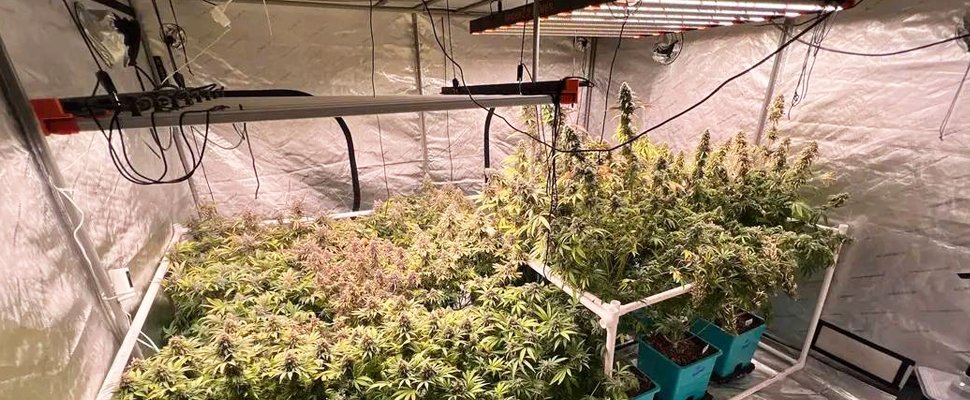
Hazardous Components
One important safety issue to consider when using LED cannabis growing lights is the presence of hazardous ingredients.
It is the responsibility of all plant growth light manufacturers to design lighting systems that do not include harmful substances like lead or mercury.
On the positive side, LED lights do not contain heavy metals and are both recyclable and eco-friendly, as they emit direct light from diodes.
Preventative Solution
Healthy Growers, Healthy Plants.
It seems like you’ve worked hard to establish a secure and healthy environment for your plants. It’s important to take measures to ensure the safety and well-being of both yourself and your employees.
Here are a few points about preventive measures.
- Wear protective glasses. People who have had cataract surgery should avoid working in front of LED grow lights with their naked eyes.
- Adjust the distance of the LED cannabis lighting from the ground. Hang your lights at least 8 feet above the ground and 3 feet away from any UV-emitting light fixture. Only for use in exposed indoor environments; not for use in grow tents.
- Expose as little skin as possible. It’s recommended to cover up as much skin as possible when working around the cannabis seedling light. Wearing protective clothing (any type of clothing) is a good idea to avoid any harm.
- Share these safety tips with your employees and post warning signs about UVA and UVB exposure.
- Choose the right LED grow lights for your business.
- Purchase your lights from an experienced and reputable cannabis lighting company Auxgrow to ensure they meet all safety guidelines.
Jayes
As a Digital Marketing Manager at AUXGROW, Jayes combines a passion for hydroponic systems and expertise in LED grow lights. With hands-on experience and a deep understanding, Jayes guides you through the world of sustainable cultivation.

